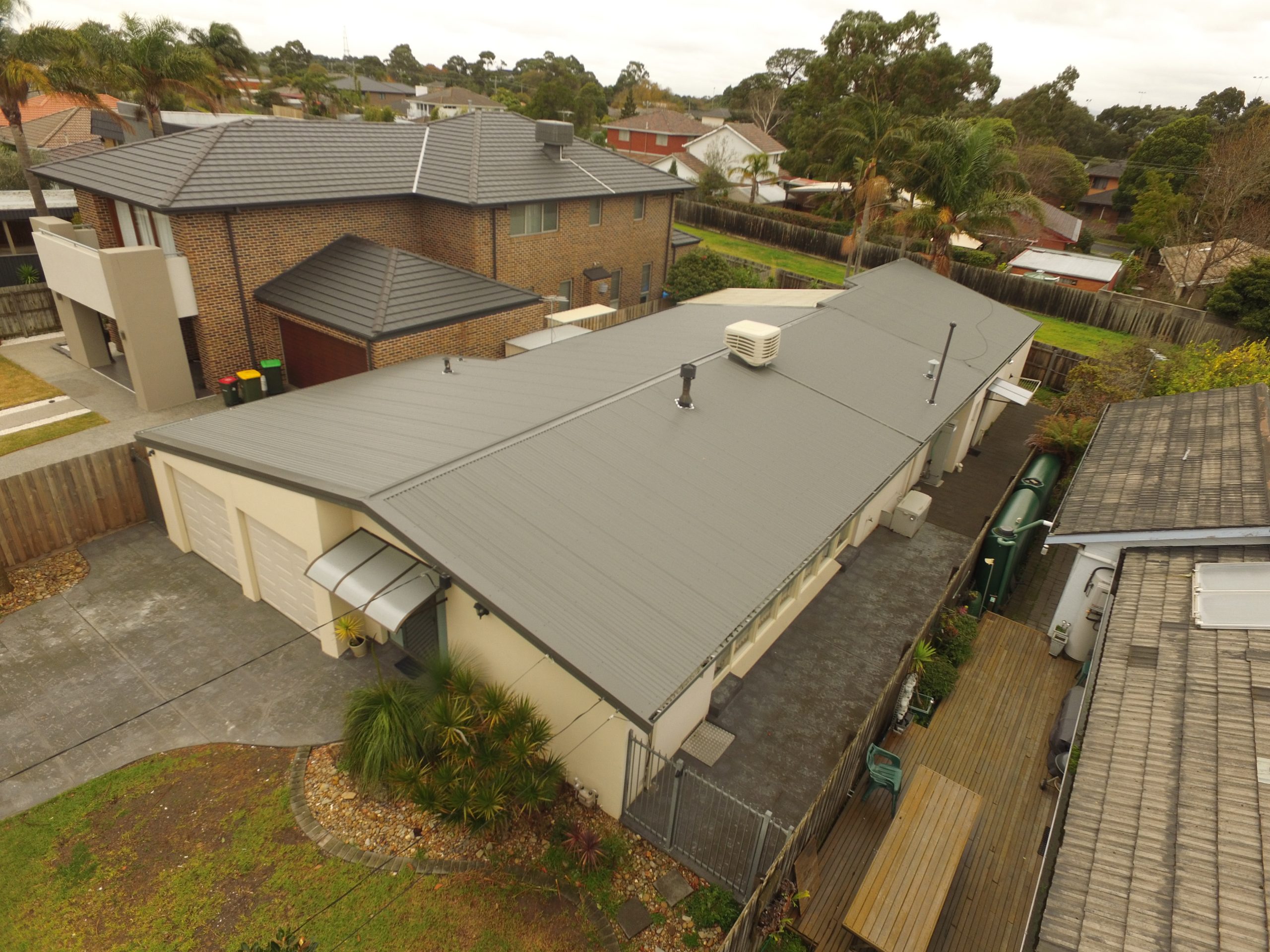Roof inspections are essential for figuring out potential points and guaranteeing the longevity of your roof. Regular inspections may help detect problems early, stopping pricey repairs or replacements down the line. Here are some widespread strategies and steps for conducting a roof inspection:
Visual Inspection:
a. Exterior Inspection:
Start by analyzing the roof from the bottom using binoculars or by safely climbing onto a ladder to get a better look.
Look for seen indicators of injury, corresponding to lacking or broken shingles, curling or buckling shingles, or unfastened or deteriorated flashing round roof penetrations.
Check for Find more info , moss, algae, or lichen growth on the roof, which might point out moisture-related points.
Inspect the gutters and downspouts for granules from shingles, as extreme granule loss can signal shingle wear.
b. Interior Inspection:
Go into the attic or crawl area and examine the underside of the roof deck for signs of leaks, moisture, or water stains.
Look for daylight coming by way of cracks or holes within the roof deck, which can indicate roof injury.
Check for signs of insulation injury, mould, or mildew growth, which might result from roof leaks.
Roof Walk:
a. If it is secure to do so, stroll on the roof surface to inspect it up close.
b. Be cautious and put on applicable safety gear, corresponding to non-slip sneakers and a safety harness if wanted.

c. Look for any soft or spongy areas, which could point out underlying injury.
d. Check for loose or damaged roofing supplies, as properly as indicators of wear and tear and tear.
Moisture Detection:
a. Use a moisture meter to detect hidden moisture throughout the roof construction and insulation.
b. Moisture detection may help identify leaks or areas of potential water intrusion that is most likely not seen.
Drone Inspection:
a. Drones equipped with cameras can provide a comprehensive view of the roof floor with out the necessity for direct physical entry.
b. A drone inspection could be particularly helpful for larger or hard-to-reach roofs.
Professional Inspection:
a. Consider hiring knowledgeable roofing contractor or inspector to conduct a thorough inspection.
b. Professionals have the expertise, tools, and expertise to establish issues that is in all probability not apparent to a homeowner.
Documentation:
a. Document your findings with pictures and notes to create a report of the roof's condition.
b. This documentation may be useful for tracking changes over time and for insurance coverage claims or repairs.
It's necessary to perform roof inspections frequently, ideally at least once a year, and after severe climate occasions like storms. Additionally, when you're not snug or assured in your capacity to perform a roof inspection safely, it is advisable to hire a professional roofing professional to make sure a radical and accurate evaluation of your roof's condition..
